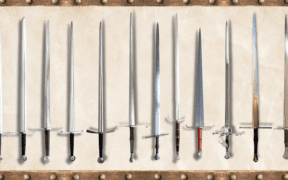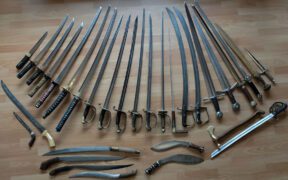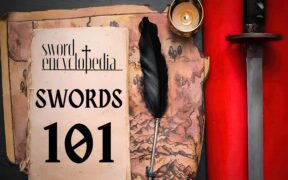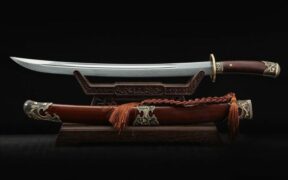The Complete Guide to Sword Buying in Modern Times
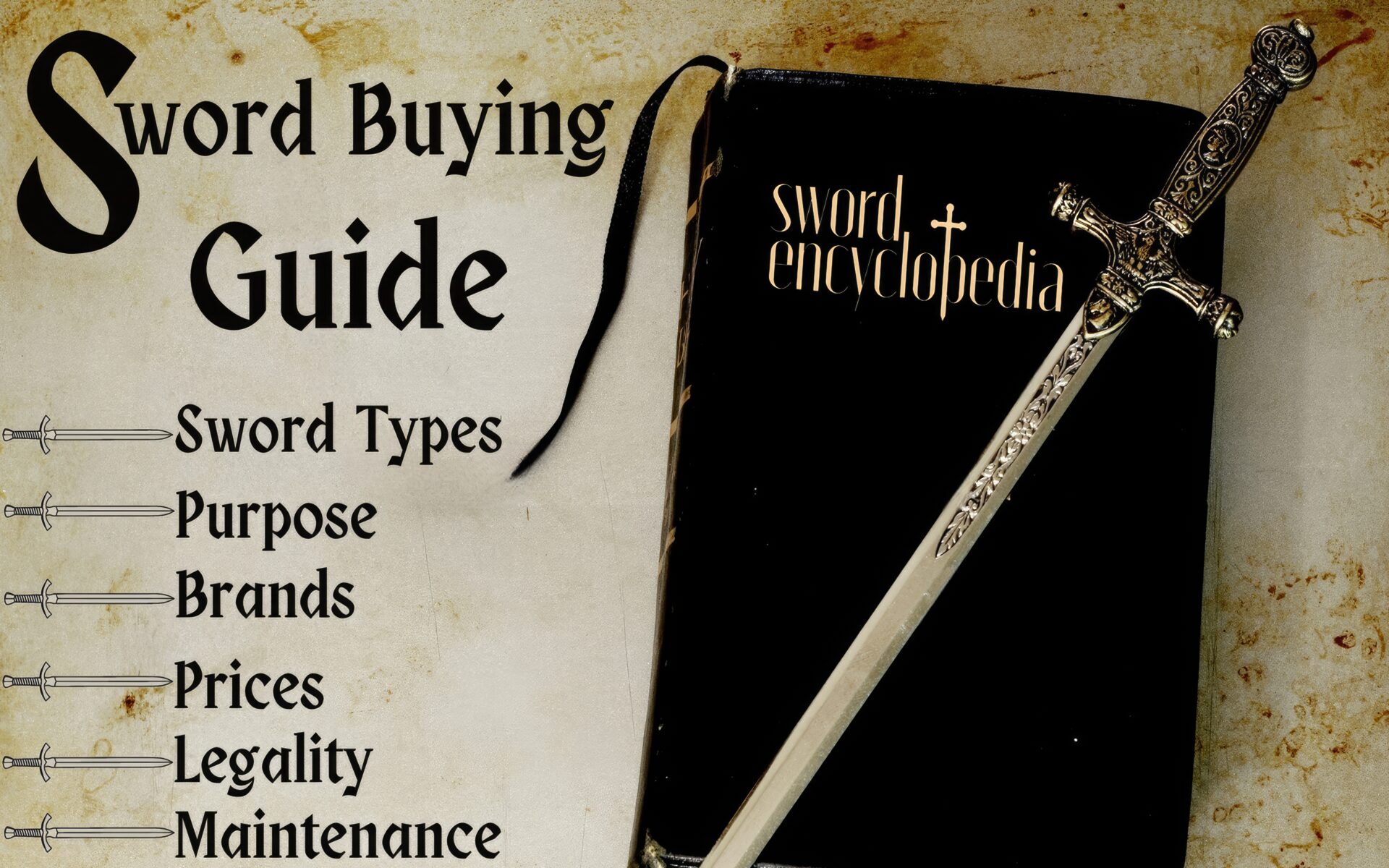
Swords are becoming one of the most collectible items today. Mounted as a decorative piece or used in cutting tests or LARP, procuring a sword is challenging as there are many factors to consider.
In this article, our guide to sword buying aims to help our readers learn more about how to acquire one based on the different types of swords available, purpose, brands, budget, quality, maintenance requirements, and general tips on sword collecting.
After researching the various sites available, our team would like to recommend Swordis, a relatively new site that partners with many individual artisans and production companies to offer our readers a 5% up to 10% discount using the discount code “SwordEncyclopedia”.
Understanding Different Types of Swords
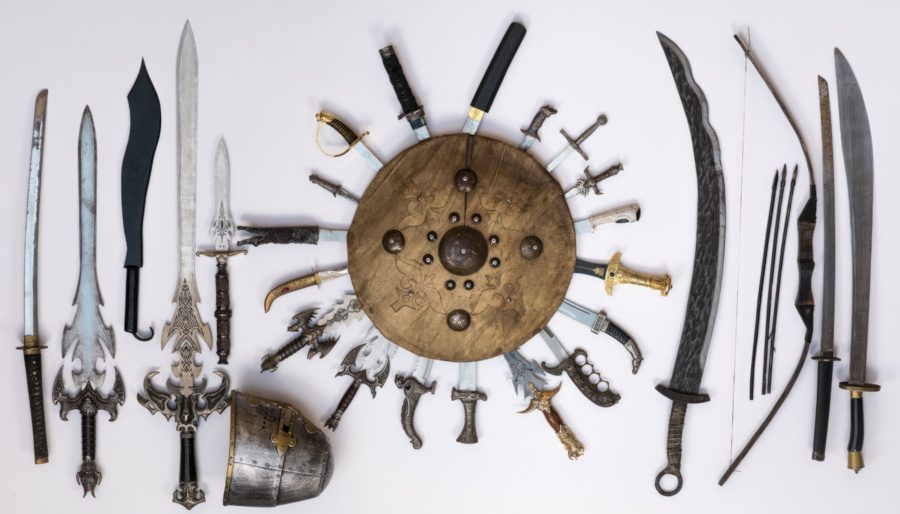
There are many different swords from around the world. Before buying a sword, start by familiarizing yourself with the type of blade you might be looking for. While it may seem simple, each blade is designed for specific purposes.
Design
Sword designs vary for several reasons: culture, history, and purpose. Generally, swords can be divided into historical and fantasy swords. They can then be categorized further depending on their origin, function, and more.
- Historical swords are real blades that were used at a point in history. Some popular examples include Japanese swords used by the samurai, Chinese Jian swords, medieval European swords with crossguards, Damascus steel Middle Eastern, and more.
- Fantasy swords are blades from pop culture that are often sought after for cosplay and live action role playing (LARP) events. For example, swords from films such as Lord of the Rings, Game of Thrones, and Star Wars; anime swords like those from Demon Slayer, Bleach, and Naruto; or even games such as Final Fantasy and Genshin Impact.
The designs of these blades vary as they are used in different situations, environments, enemies, and battle tactics. Sometimes, fantasy blades have designs that defy the law of physics, but that is often what makes them mesmerizing.
Function
Swords can also be categorized based on their function. For example, samurai swords from feudal Japan are known for the quick draws, slashing the enemy quickly. Meanwhile, Middle Eastern swords are highly regarded due to their beautifully designed curved blades that give cavalry troops the advantage for slashing from a mounted position.
Comparatively, European Swords are known for their crossguards along with long and straight tapering blades that makes them perfect for thrusting attacks. When it comes to African swords, although these blades may appear to be intimidating due to their recurving hooks, broad leaf shapes, and even snake-line patterns, they are often used for ceremonial purposes.
Purpose of Buying a Sword
Before obtaining a sword, determine what you aim to use it for. This is crucial to establish the sword’s design and material used to forge it.
- Battle Ready & Functional – Functional or battle ready swords have a sharpened blade that can be used for cutting tests. Sometimes marketed as “real swords”, they are often made out of high carbon steel.
- Decorative & Ceremonial – Some sword enthusiasts specifically collect decorative swords that are displayed, mounted, used for various ceremonies, given as gifts, etc. These swords are usually made from stainless steel as it requires less maintenance to prevent rusting.
- Sparring & Training – Today, there are schools, clubs, or organizations that practice martial arts that use swords. For example, HEMA (historical European martial arts) uses an unsharpened sword in stage combat while Kendo practitioners use a bokken (wooden sword).
- LARPing, Cosplay – When it comes to LARP or cosplay, the addition of a sword often brings the character to life. There are many options for these blades depending on one’s budget. These unsharpened blades can be made from stainless steel, plastic, wood, or even foam depending on their price range. Some of these swords can be used as toys too.
- Historical Appreciation – Historical blades include authentic blades, replicas, and those that are inspired by traditional designs. Authentic historical swords aside, one can fully appreciate history by choosing new blades made using traditional materials and skills For example, a katana sword made from tamahagane steel, Damascus Steel Scimitar, crucible steel Viking sword, or an ancient bronze Celtic Sword.
Understanding the Sword Specifications
When it comes to acquiring a sword, understanding the factors that contribute to its quality can be overwhelming, especially for beginners. Besides the materials used to forge the blade, other elements such as the swordsmith’s skills and quality of the sword fittings play a significant role in the creation of the sword. Here are some of the components involved:
1. Sword Material
There are many different types of material to choose from for a sword. However, the choice would depend on your purpose of owning a sword. Keep in mind that the type of steel used will determine the sword’s quality, durability, maintenance requirements, performance, and cost. Here are some of the common materials used:
Steel
Steel is often used to produce swords that are functional or durable. There are several types of steel available with some of the commonest as follows:
- Carbon Steel – Often preferred for its ability to maintain a sharp edge, swords made from high carbon steel are both durable and flexible, reducing the likelihood of breaking during impact.
- Damascus Steel – Damascus steel swords are beautiful, sharp, and durable. The specific tempering process results in a distinctive pattern on the blade.
- Tamahagane – Used in traditional Japanese blades, swords made from tamahagane steel are highly sought after due to their history, quality, and appearance.
- Stainless Steel – While stainless steel is rarely used for functional swords as it is less durable, it is a great choice for display or decorative swords as it is more resistant to rust, requiring less maintenance.
Wood
Swords made from wood are often used in martial arts training such as kendo, allowing the practitioner to prepare themselves for the weight of the steel sword while practicing their techniques. Since there is an absence of a sharp edge, it is also great for sparring with a partner as it will prevent one from getting hurt. Like steel blades, wooden swords will also require a degree of maintenance and care.
Plastic
Plastic swords are a great choice for those who are looking to complete their outfit for LARP or cosplay. Be it swords that are historically inspired or fantasy swords, plastic is easier to shape than steel. Since both the production and material cost are lower, it results in swords that are more affordable compared to steel swords. Due to their lighter weight, they are perfect for stage combat and performances. Being plastic also means that there is no concern for rusting, making them excellent display pieces.
Foam
Swords made from foam are usually used for LARP, cosplay or even toys. Although their advantages are similar to plastic swords, foam swords are much lighter and even more affordable. Its properties also mean that it is perfect for stage combat as there is minimal risk of injuries. Oversized fantasy swords are also often made from foam as it can be carried easily to complete the costume.
3. Sword Fittings
Although the blade is one of the most important parts of the sword, it should be complemented with good fittings as it not only makes the sword functionally better, but also adds value and aesthetic appeal to the final product. In fact, the fittings of a sword are so crucial that some reputable sellers disclose what each part is made of and how it is constructed. Generally, the basic fittings of a sword include the hilt, scabbard, guard, and more.
For example, in a Japanese sword, the sword fittings are just as important as the blade itself, with each part specially crafted by expert artisans. The blade is fitted with a tsuka (wooden handle), habaki (blade collar), secured with mekugi (pegs), covered in same (ray skin), wrapped with ito in various tsukamaki styles, and more. All these fittings ensure that the sword is sturdy and provides its wielder a comfortable and secure grip. The sword is then sheathed in the saya (scabbard) so it can be carried and protected.
The fittings of a sword are so crucial that some reputable sellers disclose what each part is made of and how it is constructed.
3. The Swordsmith
While some swords are mass produced by factories, swords that are made by skilled artisans are without a doubt of higher quality and therefore, more costly. This is particularly true in Japan where the art of sword making dates back centuries. Even today, the reputation of the swordsmith plays a significant role in the value of the sword as sword making is a highly specialized skill that requires knowledge, skill, and intuition.
Budget Considerations
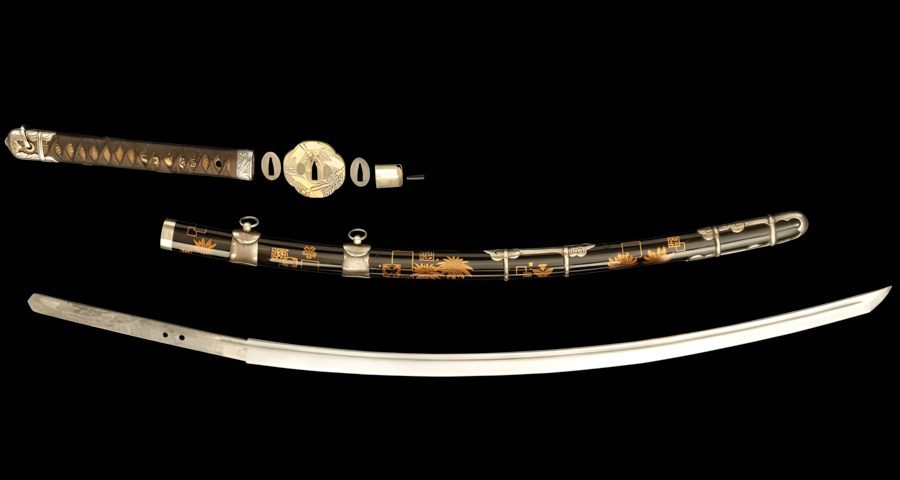
Based on the factors mentioned above, swords can vary significantly in price. Note that not all expensive swords are better as the price range can differ for a variety of reasons. The following price points aim to offer a general idea of what to expect:
- $80 and less – Swords in this category are usually decorative swords that are used as wall hangers and training or sparring swords made out of bamboo, wood, synthetic steel, aluminum, or lower grade carbon steel.
- $80 to $200 – Slightly more expensive, the decorative swords in this group tend to be more detailed. Those that are made from carbon steel are also more durable, performing better in cutting tests while featuring fittings of better quality.
- $200 to $500 – At this rate, higher quality carbon, spring, tool and alloy steel is used to produce flexible and stronger blades that are more effective for cutting. There is also greater attention to details such as the addition of fullers, overall weight balance, polishing of the blade and fittings, and the use of differential heat treatment to produce a hamon.
- $500 to $1500 – Crafted with superior steel these swords are very sharp and great for cutting and thrusting. Generally, these swords have highly sought after features and details such as high quality scabbards and handles that make them great as ceremonial or display pieces.
- $1500 to $3000 – These higher end blades are expertly crafted using premium materials. Depending on the sword, it may be hand forged using traditional skills and methods with a design inspired by historical pieces. Many of these swords also come with individually crafted scabbards as well as hand-made fittings.
- $5000 and more – Swords in this category are often made by skilled artisans. For example, Nihonto swords made from tamahagane steel by Japanese swordsmiths who follow traditional methods belong in this class.
Besides newly forged swords, there are also antique swords that were once used by real warriors in history and created using traditional methods. The prices for these pieces will vary depending on the blade, age, condition, previous owner, and more. Some antique blades even have a price tag of $200.000 or more.
However, we would like to stress that the value and quality of a sword is not always determined by its price. There are $2,000 traditional tamahagane steel swords that perform similar to a high carbon steel blade that costs $300 as the price tag for a sword is significantly influenced by the effort and time the swordsmith has to put into forging it.
Where to Find Quality Swords?
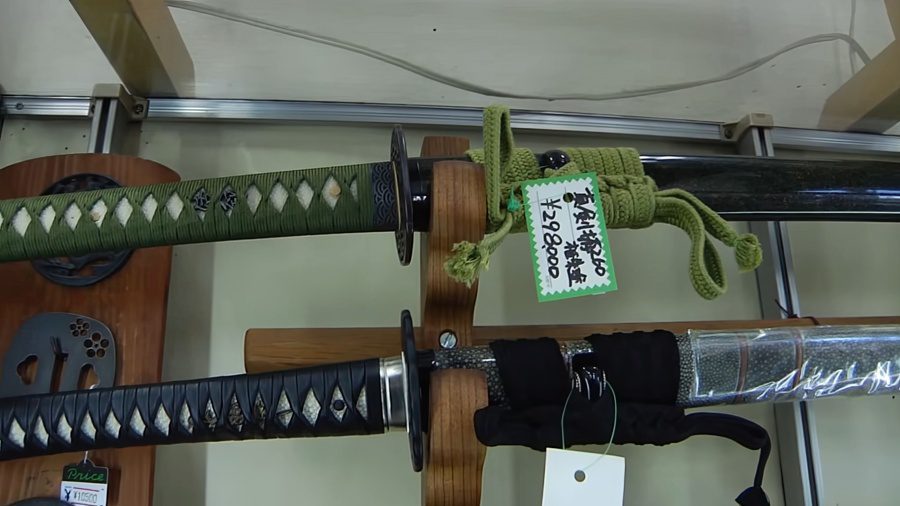
From the legendary Japanese samurai blades to the imposing European Longswords built for sparring, the diversity of options can be both exciting and overwhelming. Besides local physical stores, a simple search online for swords will reveal many different sellers and websites, be it from manufacturers, sword shops, or smiths. However, it’s important to be aware of certain things before selecting a sword shop or company. Various factors come into play like:
1. Partnering Brands
For those who are unsure where to start, opting for a site that offers a range of reputable brands allows for a variety of swords to choose from. Since these sites partner with manufacturers and artisans in hopes to become a one stop hub for sword collectors, it is a good sign that they are a trustworthy company with established relationships with those in the sword community.
Comparatively, a site that lacks information regarding their collaborating brands is most likely to dropship or outsource their products from less reputable companies. While affordable, the quality of these swords tend to be much lower.
Since each sword manufacturer brings its unique touch, expertise, and craftsmanship to the table, our team at SwordEncyclopedia has compiled a list of popular sword brands/manufacturers that are worth trying out.
| Sword Brand | Description |
|---|---|
| Paul Chen Hanwei | Established in 1991 in Taiwan, they quickly became the biggest sword brand with over 350 active workers, and expanded their sword designs to historical Japanese, Chinese, and European swords. |
| Legacy Arms Generation 2 | With a focus on affordable and primarily functional European historical sword designs, Legacy Arms has a history of making medieval and ancient blades or daggers for over 10 years. |
| Citadel Knives and Swords | Starting in 1999 in Cambodia, Citadel Knives and Swords focuses on detailed high quality blades that range in design from ancient European swords, Japanese Tachi and Katana, to shorter knives used for hunting or survival. |
| Z-Sey Swords | With a factory based in China and a history of sword crafting for over 20 years, Z-Sey Swords focuses on producing high-quality Japanese samurai swords that are historically inspired and highly detailed. |
| Jkoo Swords | Based in the region of Longquan mountain known for the creation of the first iron Chinese sword, Jkoo Swords have been creating and delivering custom hand-forged Chinese and Japanese swords since 2006. |
| Ronin Katana | Based in the region of Longquan, Ronin Katana has been creating high-quality Chinese and specialized Japanese swords based on real historical antiques since 2005. |
| Red Dragon Armoury | Based in North Wales, United Kingdom since 1999, Red Dragon Armoury has a physical shop near Conwy Castle and is renowned for their training (HEMA) gear and swords. |
| Thaitsuki Swords | Established in 1999 in Thailand and then moving their operations to China in 2010, Thaitsuki Swords are known for their beautiful laminated and traditionally folded Japanese blades, some of which has over 1000 layers. |
| Windlass | One of the oldest sword companies that’s been producing swords, Windlass was founded in 1943 and based in India. They offer a wide variety of products including European Swords, Fantasy blades, and Military swords. Windlass is one of the biggest suppliers of military, ceremonial, and functional swords around the world. |
| Albion Swords | Albion Swords has focused on high-end replica swords since 1999/2001. Their motto of “History in your hands” shows that their high quality swords are historically authentic and include those of European Viking, medieval, and ancient blade designs. |
| Arms & Armor | Founded by a sword enthusiast in 1982, Arms & Armor is one of the oldest sword manufacturers to produce historically accurate replicas of European blades that span from the early medieval to the Renaissance era. Ewan Oakeshott himself has even praised these blades as the best sword replicas. |
| Cold Steel | One of the most popular sword brands thanks to their videos, Cold Steel has factories in both China and India. They produce various sword types from around the world as well as survival blades. |
| Darksword Armory | Founded in 1996 by a lifelong history enthusiast, Darksword Armory has been creating historically authentic and accurate European sword designs from different eras of history that can be used for sparring, cutting tests, or as decoration. |
| Ottoman Swords | A sword market-based in Turkey with its own shop and factory since 2002, Ottoman Swords focuses entirely on middle eastern decorative and functional swords as well as armor |
Worth to mention that in this article we only mention some of the most important ones but not all of them. You can check our updated article about all the sword manufacturers where you can find all of them that exist and still produces swords.
2. Shipping and Returns
Besides product transparency as highlighted above, the site should also provide detailed information regarding their return and refund policies and shipping policies. Ask about the carrier they use, estimated shipping time, and if they have reasonable refund/return terms. While it may seem trivial, it might just prevent you from running into issues such as being charged extra for shipping or restocking fees, delays, lost packages, and more.
3. Customer Service
Choosing a company with great customer service means you get a team that is ready to assist you when it comes to your purchases, be it providing extra information or helping you with order-related issues. Consider contacting the customer support team to gauge their responsiveness and channels of communication.
4. Customer Reviews
Customer reviews and testimonials are also a great way to assess the site’s products and customer service. These reviews also provide you valuable insight regarding the reliability of the site in terms of shipping duration and company policies.
Legal Considerations
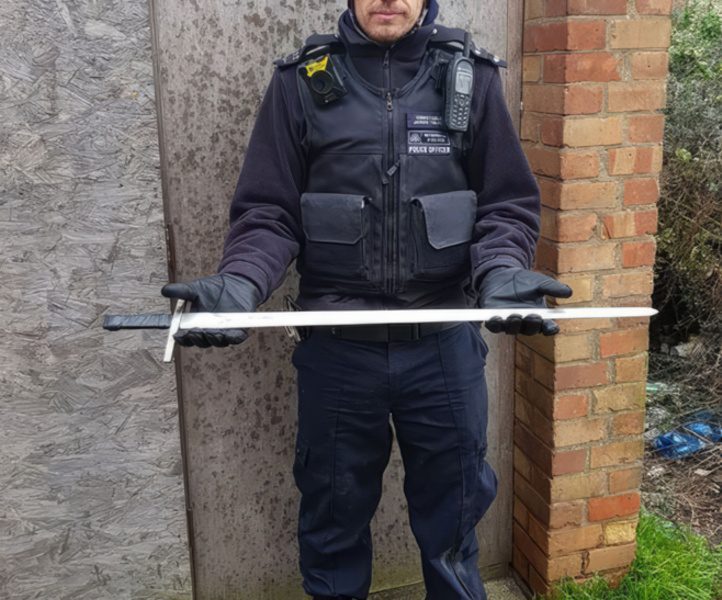
In some parts of the world, a special permit is required to own swords. Therefore, make sure to research the legal aspects of owning a sword in your own country before you find yourself in a pickle. Although the laws and rules vary from country to country, most have requirements such as being at least over the age of 18 or 21, recognizing their blades as collection decorative items, or being a part of a sword training club.
While some sword companies and manufacturers are able to ship their swords internationally, it remains the buyer’s responsibility to comply with their country’s laws. Most of these issues can be resolved by consulting with the sword company as they might be able to address some of their clients’ concerns.
Care and Maintenance
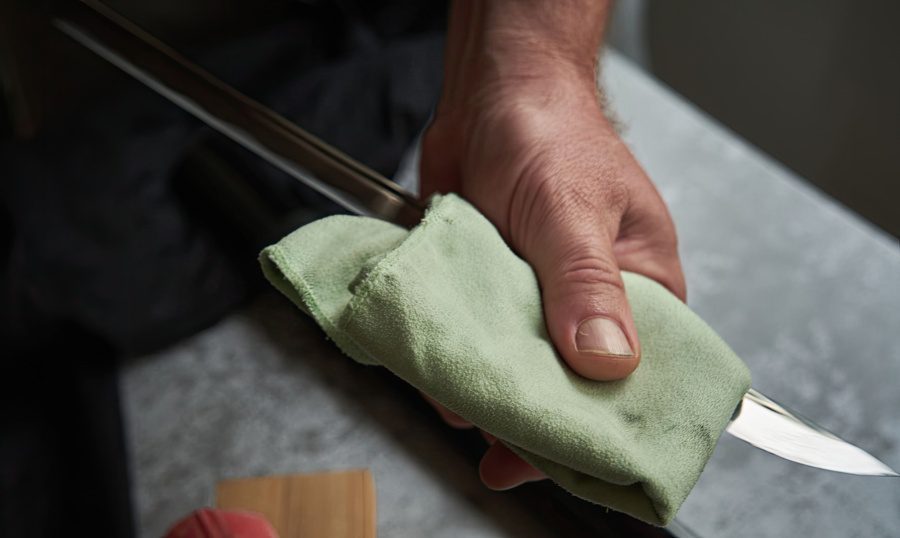
Swords, especially those that are made of steel, need to be properly maintained. Depending on what the sword is made of, here are some basic items that may be required for its care:
- Oil – Mineral oil is the best option to apply on the blade to prevent rusting.
- Wax – Renaissance wax can help prevent rusting and corrosion on all blades.
- Abrasives – Any light abrasive material that can be used to gently remove the imperfections on the blade’s surface.
- Cloth & Paper – Cloth and paper can be used to apply oil or remove any excess.
- Whetstone – A whetstone is used to sharpen the sword.
Regular maintenance is required for a functional carbon steel blade (once per month depending on usage) to prevent rust and corrosion. Meanwhile, decorative swords made from stainless steel will need less maintenance (once per three months depending on storage) as it is more resistant to rusting.
Sword Collecting
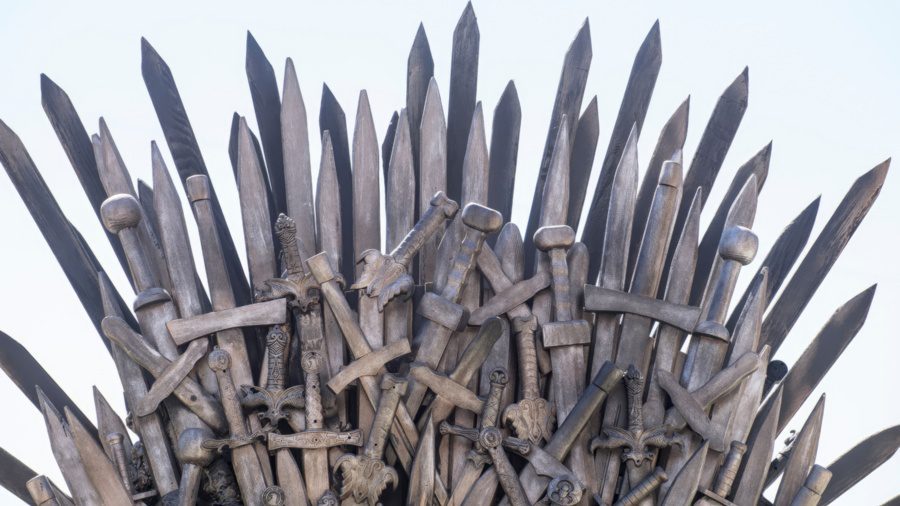
Sword collecting is an engaging hobby as it involves design, history, and culture. In fact, there are many reasons to start a sword collection including:
- Historical Interest – Swords have played an important role throughout history, molded by the different cultures and battles between nations. A sword collection can be a way for some to connect to the past. For example, some enthusiasts only acquire Japanese swords while others find more meaning in World War II swords.
- Work of Art – Besides serving as weapons, swords can also be works of art due to their intricate designs. For this reason, some blades are designed specifically as display or decorative pieces.
- Martial Arts Enthusiast – Some martial art practitioners of kendo, iaido, or HEMA also collect swords that are related to their practice.
- Investment – Since historical or antique swords can be very expensive, there are collectors who acquire blades as an investment.
If you want to start your own sword collection, you can join the sword collecting community on social media groups, local clubs, and online forums. Besides being a great source of knowledge, the community learn from each other, trade, sell, and even hold gatherings or events to meet other enthusiasts. Fellow collectors aside, you may even meet swordsmiths, historians, artisans, and more.
Conclusion
Before acquiring your first sword or starting your sword collection, it is recommended to do some research regarding the different swords available, origin of their designs, historical or cultural background, and more. If in doubt, there are always reputable vendors who have support teams ready to help.
